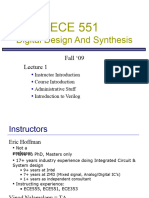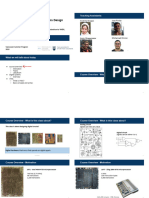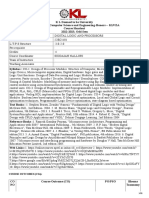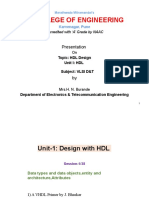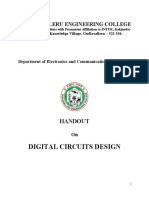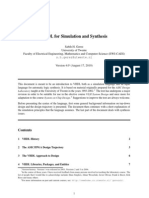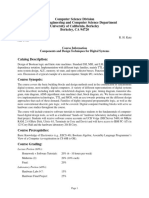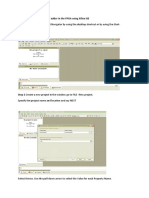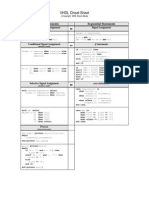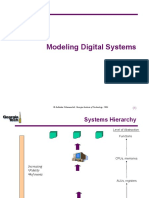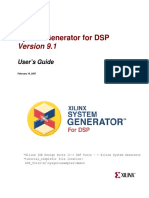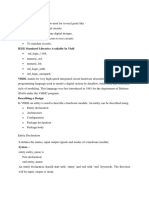0% found this document useful (0 votes)
15 views9 pagesSyllabus - Intro To HDL
The document outlines the syllabus for the Introduction to HDL course at De La Salle Lipa for the 2024-2025 academic year, detailing the course description, learning outcomes, and modules. It emphasizes the use of hardware description languages in designing and testing electronic circuits, alongside institutional and program learning outcomes. The grading system and references for further reading are also provided.
Uploaded by
esguerraraymart1989Copyright
© © All Rights Reserved
We take content rights seriously. If you suspect this is your content, claim it here.
Available Formats
Download as PDF, TXT or read online on Scribd
0% found this document useful (0 votes)
15 views9 pagesSyllabus - Intro To HDL
The document outlines the syllabus for the Introduction to HDL course at De La Salle Lipa for the 2024-2025 academic year, detailing the course description, learning outcomes, and modules. It emphasizes the use of hardware description languages in designing and testing electronic circuits, alongside institutional and program learning outcomes. The grading system and references for further reading are also provided.
Uploaded by
esguerraraymart1989Copyright
© © All Rights Reserved
We take content rights seriously. If you suspect this is your content, claim it here.
Available Formats
Download as PDF, TXT or read online on Scribd
/ 9













